How to Deal with DOMS

DOMS and Your Training Program
Besides the obvious downside of the pain, DOMS create problems when it comes to sticking to a training program. In actuality, beyond just feeling sore, training while experiencing DOMS may reduce the strength and activation of the desired muscle, limit the range of motion, reduce the force capacity (by up to 50%) and negatively interfere with the muscle recovery process [1]. What’s worse, is that by forcing yourself through a workout when the body isn’t capable may lead to risk for a further injury (as a result of undue stress being placed on unstable muscle ligaments or tendons) [2]. This makes it important to understand the strategies that can be used to help to alleviate the severity of DOMS while at the same time supporting the muscles getting back to maximal function as soon as possible!
5 Tips for Reducing DOMS
1. Easing In:
When beginning a new training program, starting off with a lower intensity and gradually increasing the weight or exertion can help to prevent the initial shock that leads to soreness. Once you’ve been at it for a few weeks you can begin to level up the volumes and intensities for the particular muscle group. Alternatively, when experiencing DOMS, focusing on using differing target muscle groups is encouraged, meaning that there is no need to call it quits all together if only one muscle group is sore!
2. Foam Rolling:
After an intense bout of exercise, foam rolling (myofascial release), is thought to help to reduce the muscles stiffness, promote a state of relaxation and increase the blood supply and nutrients to the affected area. Spending 10-15 minutes after the workout rolling out the muscles worked will allow for a gradual transition to rest. Simply roll over the sore areas of the muscles until you find a sensitive spot – then apply pressure until the pain lessens. Foam rolling the day after the workout can also be helpful too.
3. Diet:
It’s no surprise that food and water have an impact on how the body experiences DOMS. However, it’s important to note that it used to be thought a certain combination of macros would specifically eliminate DOMS altogether, yet, this is untrue. Although eating a post workout meal consisting of protein + carbs in specific ratios will certainly help with muscle recovery, it hasn’t been proven to reduce DOMS. That said, eating an inflammatory diet and/or being dehydrated will aggravate DOMS. Be sure to eat a diet high in anti-inflammatory and antioxidant foods to help your body become more efficient overall, including how it responds to pain.
4. Supplements:
Many supplements have been investigated when it comes to specifically reducing the pain associated with DOMS, yet, the results are mostly inconclusive. However, Omega-3s, which act as both an anti-inflammatory and anti-antioxidant, is one supplement showing promise [3]. The fatty acids are linked to the positive regulation of anabolic signalling which is associated with muscle repair and growth. If you’re not getting the minimum of 1-2 servings of fatty fish (such as salmon, mackerel, herring and sardines) a week it may be a good idea to consider a high quality supplement (like Progressive OmegEssential) in the amount of 1-3g/day. It’s important here to distinguish between supplements that do have a positive impact on muscle recovery vs specifically for DOMS, as there are many of the former that can be helpful!
5. Active Recovery & Rest:
Incorporating 10 minutes of cool down with a low intensity exercise (for example, walking or cycling after a leg workout) may help to reduce muscle soreness. Also, making sure to take an adequate rest, which likely means anywhere from 24-72 hours, after your workout will ensure you’re not at an increased risk for injury.
Although it was once thought that the level of soreness felt after a workout equates to the level of gains from a workout, we now know this isn’t true. In order to get the most from your workouts be sure to listen to your body and use the tools above to get you back on track when you’re feeling the DOMS.
At Reflex, knowing how to deal with DOMS and get the most out of your workout is our jam! If you want to know what supplements can help, come in and visit us in store, or hit us up on Facebook, Instagram or Twitter. We are #ReflexNation.
References
[1] https://www.ncbi.nlm.nih.gov/pubmed/20495928
[2] https://www.ncbi.nlm.nih.gov/pubmed/12617692
[3] https://www.ncbi.nlm.nih.gov/pubmed/19451765




